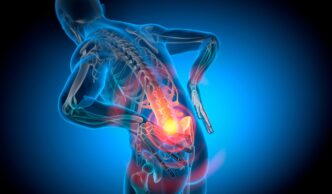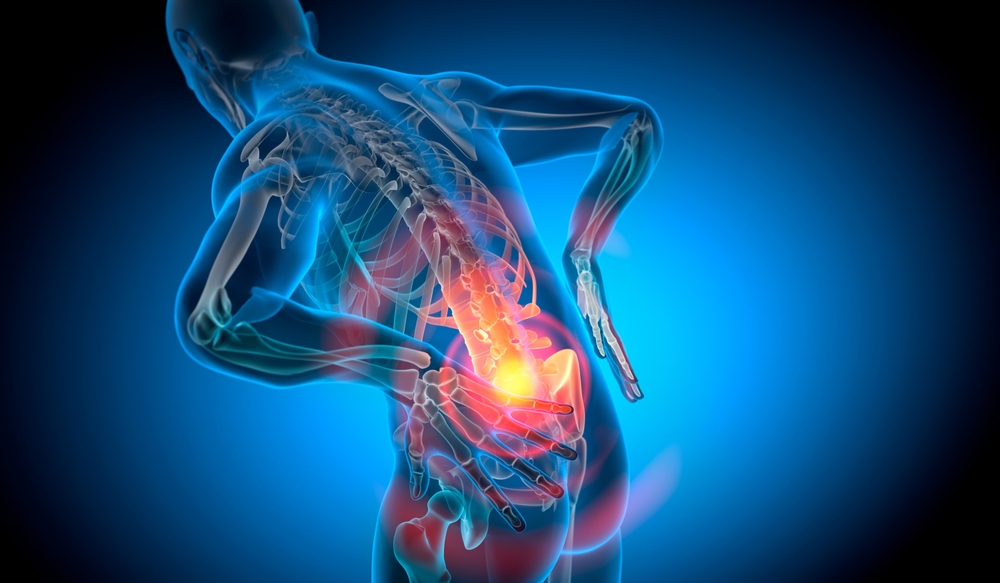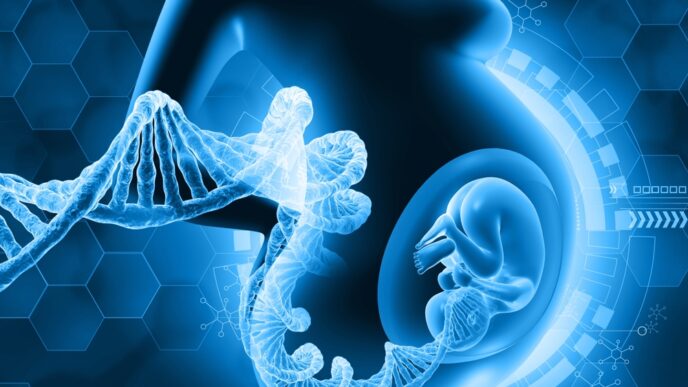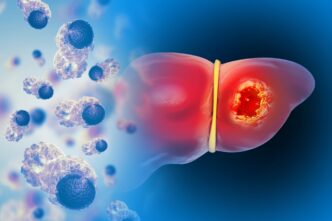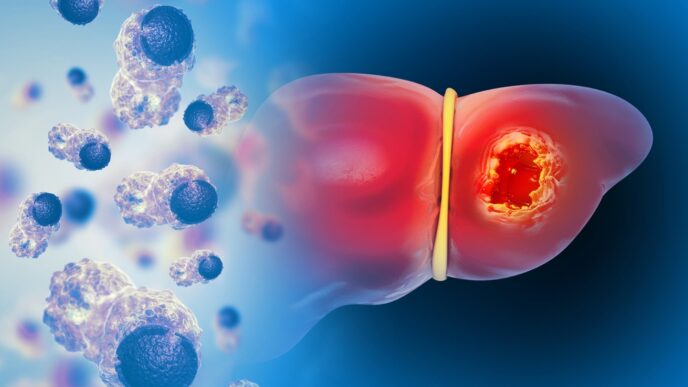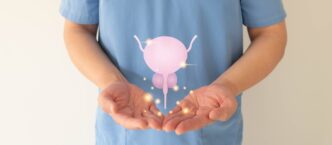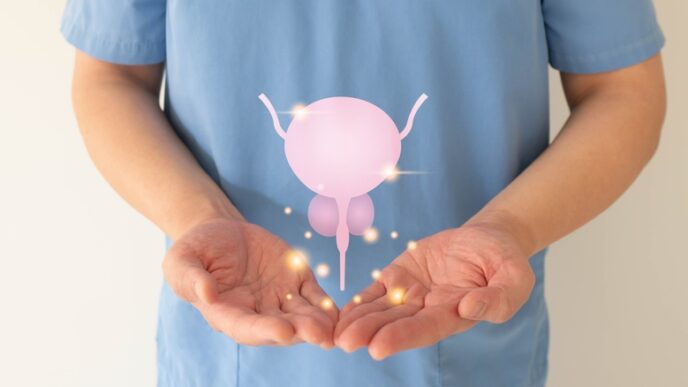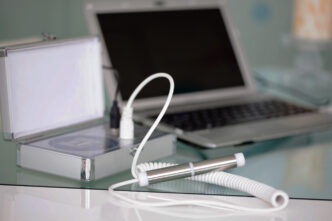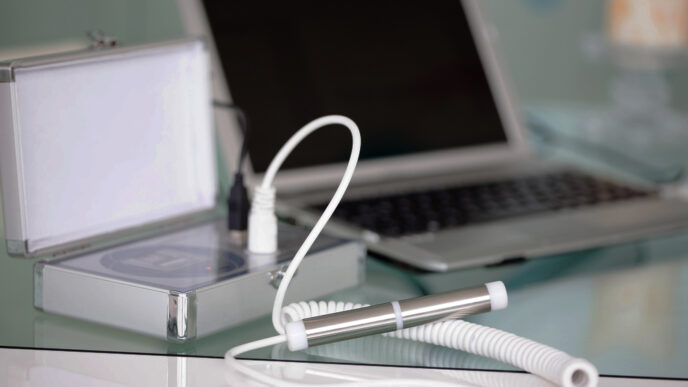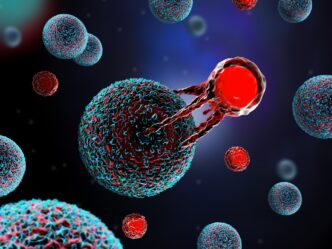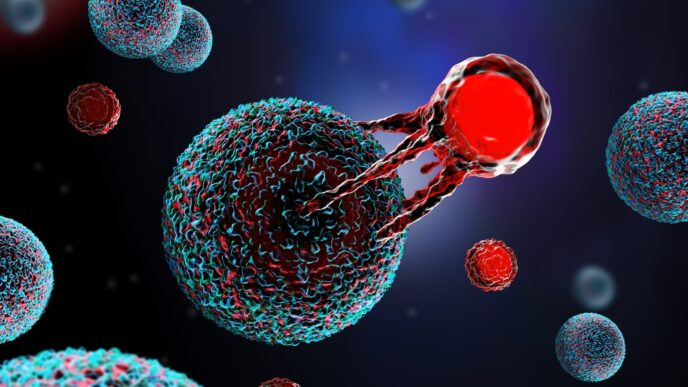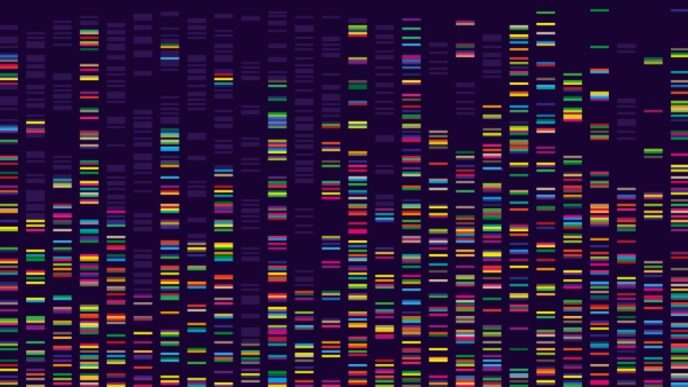Herniated discs may present with pain with or without numbness to the hand or legs but what if you could treat them without open surgery? Consultant neurosurgeon and spine surgeon Dr Rajendra Rao Ramalu explains how percutaneous laser disc decompression (PLDD), a minimally invasive laser procedure, offers fast relief for the right indicated patients.
WORDS DR RAJENDRA RAO RAMALU
 FEATURED EXPERT FEATURED EXPERTDR RAJENDRA RAO RAMALU Consultant Neurosurgeon Dr Raj Brain, Spine & Pain Clinic Aurelius Hospital Negeri Sembilan Website | Facebook | Instagram | TikTok |
WHAT IS HERNIATED DISC AND WHY DOES IT HURT SO MUCH?
Your spine is made up of bones called vertebrae, with soft, cushion-like discs in between.
These discs act as shock absorbers, protecting your spine from everyday wear and tear.
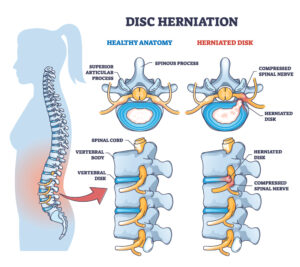
Sometimes, due to poor posture, injury, or strain, a disc can bulge out of place.
When this happens, it may press against nearby nerves or the spinal cord — a bit like stepping on a garden hose and cutting off the flow. This is known as a herniated disc.
Depending on where it occurs and how much pressure it puts on the nerves, it can cause:
- Numbness or tingling
- In many cases, this relentless pain shooting down the arm or leg (sciatica)
- Weakness
- Unstable gait when walking or running
Rest, medications, and physiotherapy are commonly prescribed, but what happens when they do not work? That’s where percutaneous laser disc decompression (PLDD) comes in.
WHAT IS PLDD?
PLDD is a minimally invasive procedure.
- A needle is inserted into the problematic disc under X-ray guidance.
- A laser electrode is then inserted into the needle to vaporize or shrink a small portion of the disc, relieving pressure on the compressed nerve.
- This procedure is typically done under sedation or general anaesthesia.
- It takes less than 1 hour from start to finish.
Who Is Suitable to Go for a PLDD?
PLDD is not suitable for everyone.
It’s ideal for patients with contained disc herniations — where the disc is bulging but hasn’t ruptured completely — who have tried conservative treatments like medication and physiotherapy without success.
PLDD is not suitable for people with:
- Sequestered discs, when bits of disc break off
- Spinal stenosis, when the canal measurement is minimal)
- Severe spine degeneration
- Infections
For these cases, surgery via endoscope remains a better option.
| If you have symptoms like sciatica or arm pain due to nerve compression but do not have severe spinal narrowing or a completely ruptured disc, you might be a candidate. You can discuss this further with a spine surgeon. |
The Benefits of PLDD
- Minimally invasive. No big cuts and minimal blood loss.
- Short procedure time, usually under 60 minutes.
- Faster recovery. Most go home the next day.
- Lower risk of infection compared to open surgery.
- Avoids steroid-related side effects like tissue thinning and hormonal issues.
WHAT HAPPENS DURING A PLDD SESSION?
Before the Procedure
- A thorough clinical check, MRI scan, and blood work are done.
- Sedation or general anaesthesia is chosen based on preference of the patient and the surgeon.
During the Procedure
- A needle is guided into the disc using X-ray imaging.
- Laser energy is then applied to reduce the disc’s size, relieving pressure on the nerve.
- This part takes about 10 to 20 minutes per disc.
After the Procedure
- Expect some mild soreness at the puncture site, which is easily managed with painkillers.
- I typically advise 24 hours of bed rest and a gradual return to activities over the next 3 weeks.
- Avoid heavy lifting and strenuous activities for 1 to 2 months.
|
Risk Factors to Be Aware of
Complications are rare (less than 2% of all cases) but can include:
- Infection
- Bleeding
- Nerve irritation.
In my experience, about 10% of patients may not experience significant symptom relief. For these cases, minimally invasive surgery can be considered as the next treatment option.
IS PLDD ENOUGH TO TREAT HERNIATED DISCS ON ITS OWN?
While PLDD effectively relieves acute symptoms, long-term success relies on rehabilitation and lifestyle changes.
That means:
- Physiotherapy
- Good posture
- Core strengthening exercises
- Avoid bad habits like slouching at your desk or carrying heavy loads carelessly
Pain relief after PLDD can last for more than 2 years, as long as you stick to proper post-procedure back care and follow their rehabilitation plan.
IN CONCLUSION
PLDD serves as a minimally invasive, middle-ground option for well-selected patients — bridging the gap between conservative management and open surgery.
For individuals whose back pain significantly affects quality of life but who are hesitant to undergo major surgery, this laser-based procedure may offer a viable and effective alternative.
| This article is part of our series on the latest developments in the medical treatments. |

